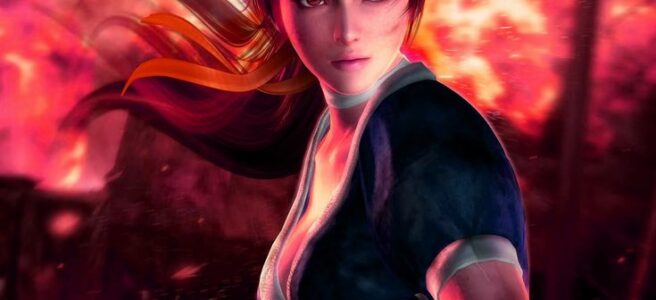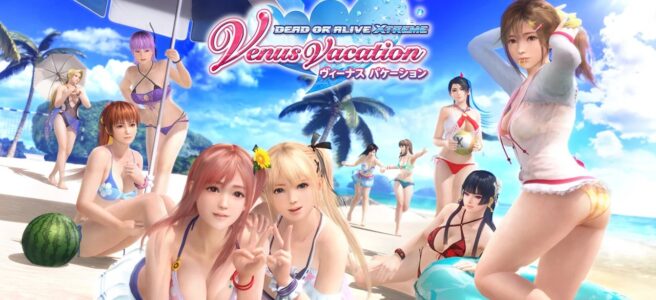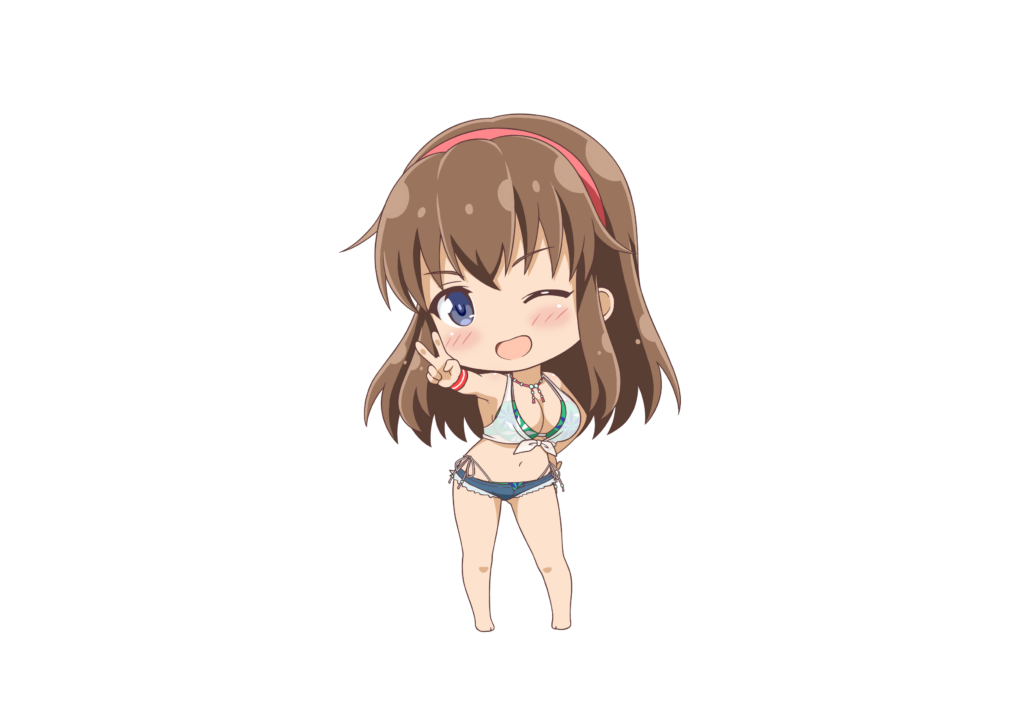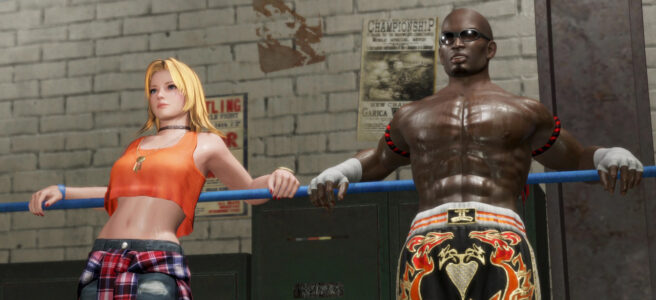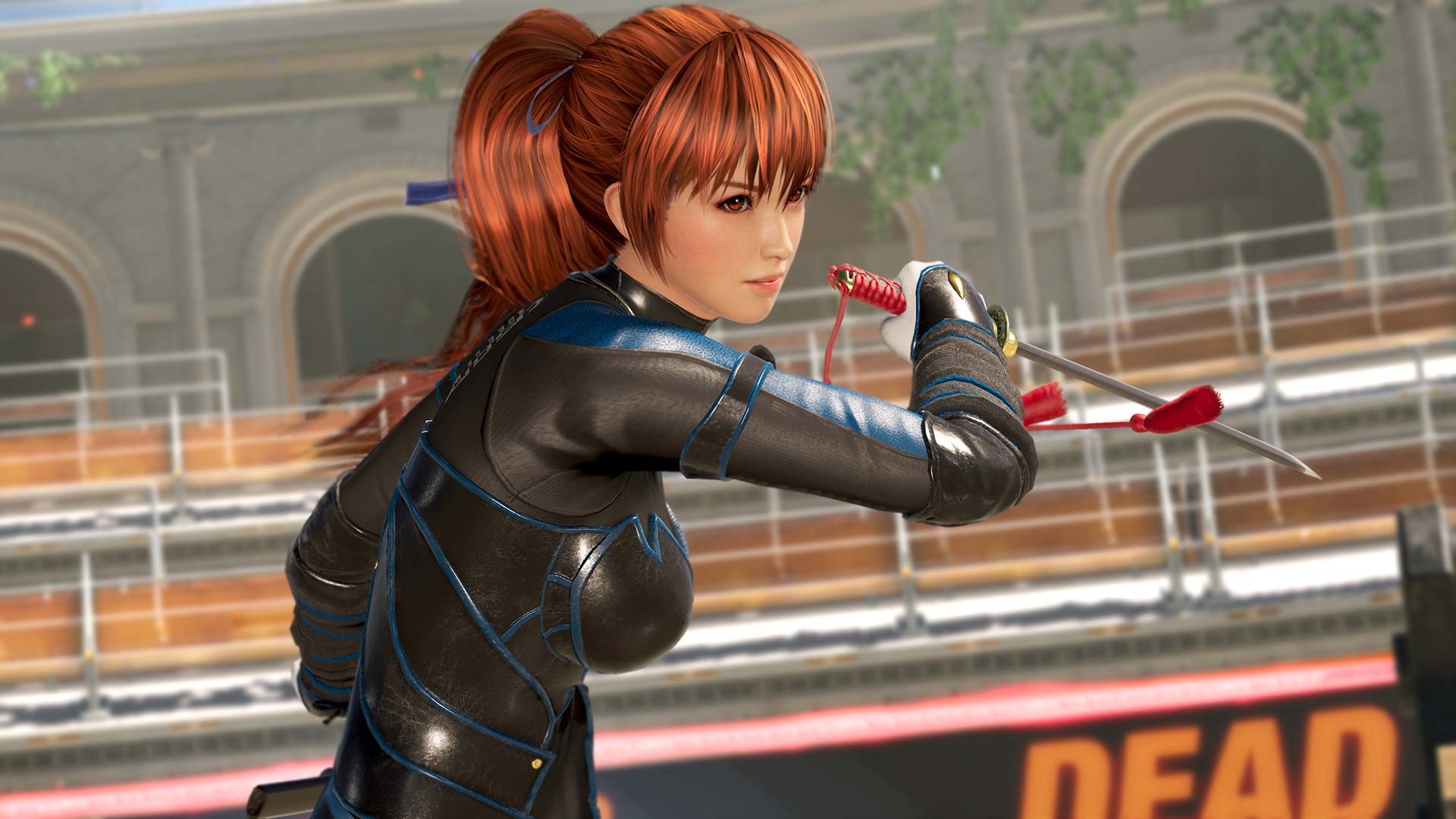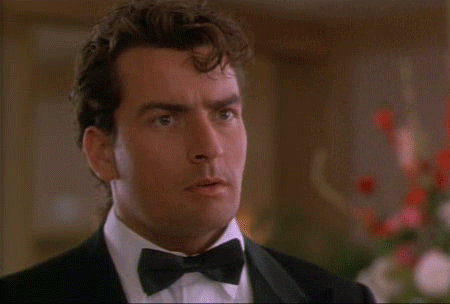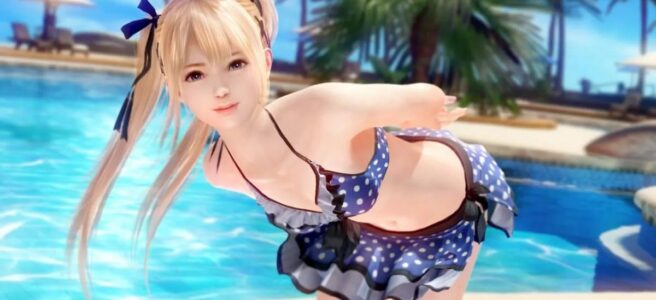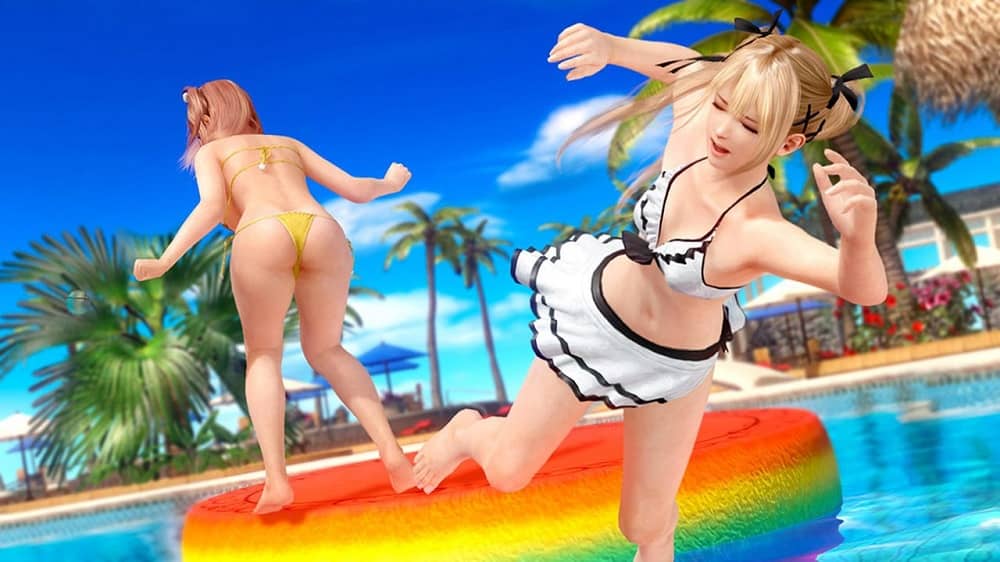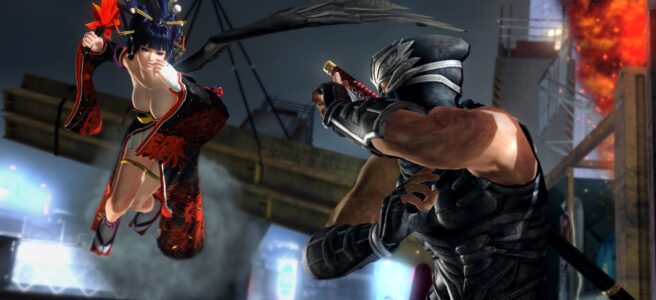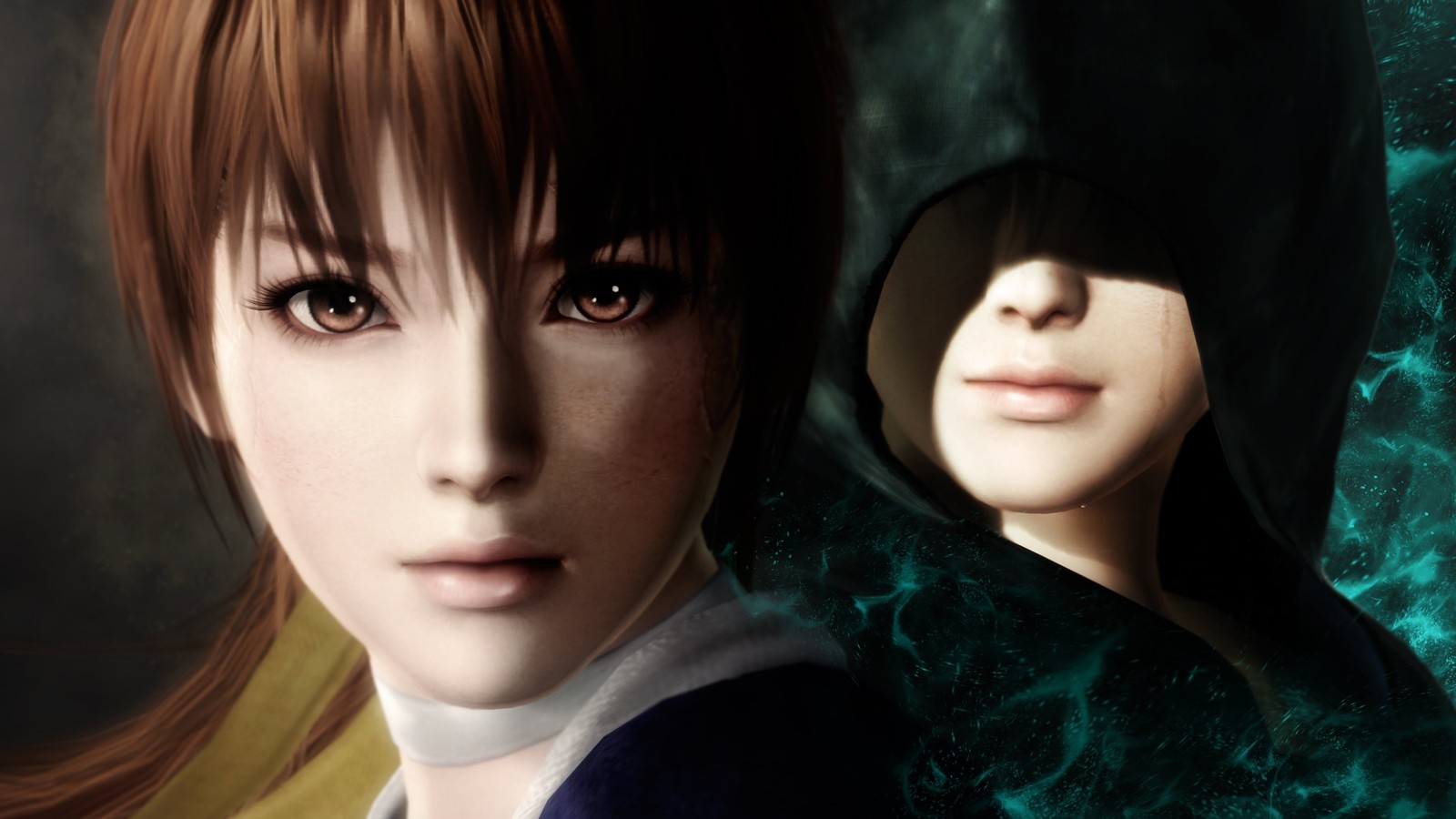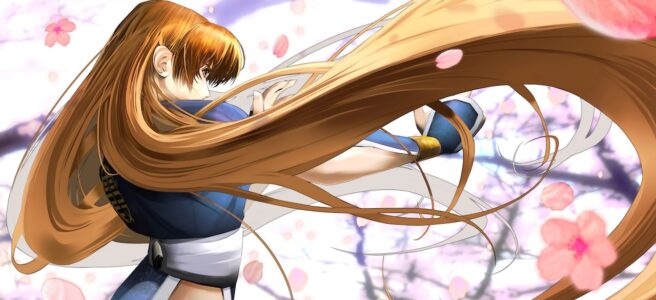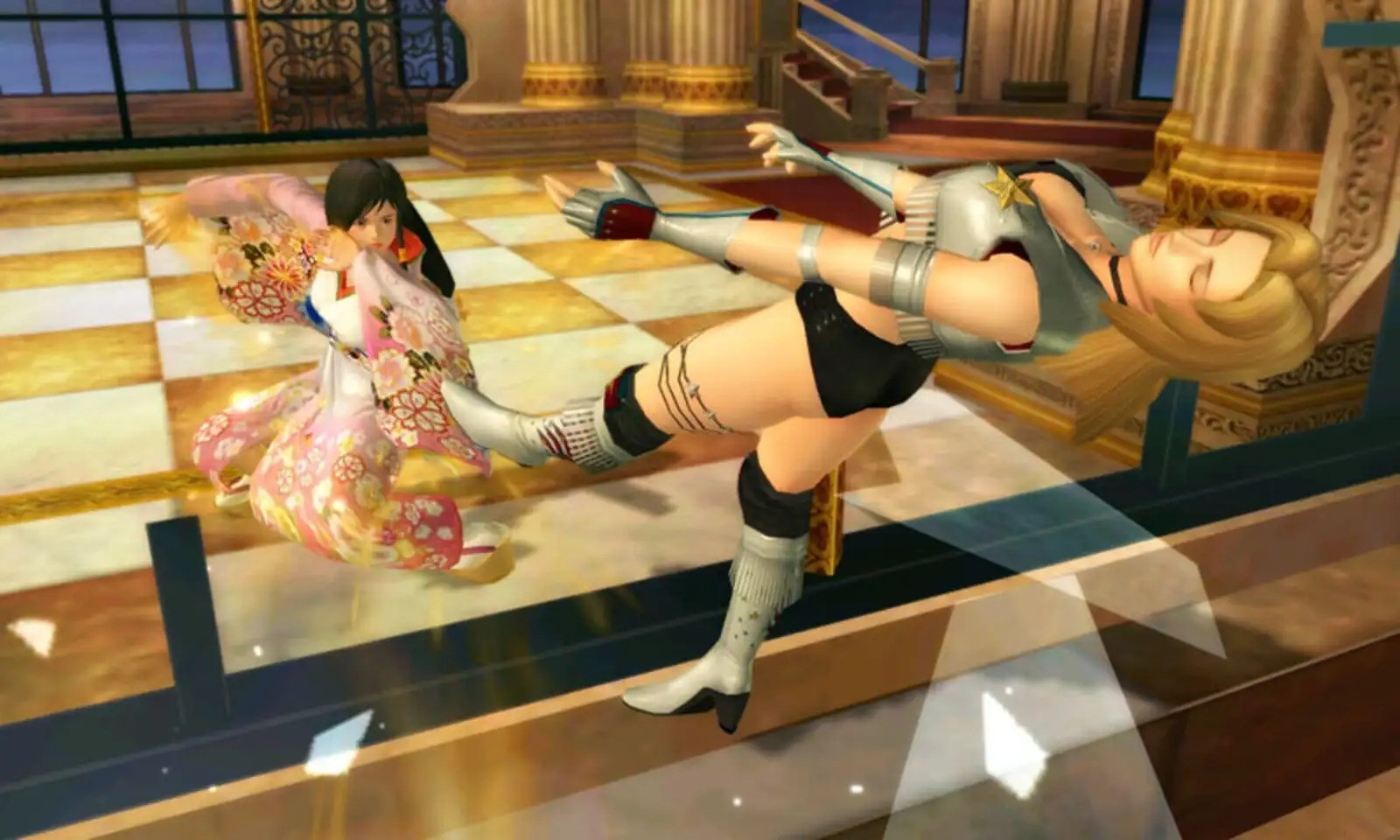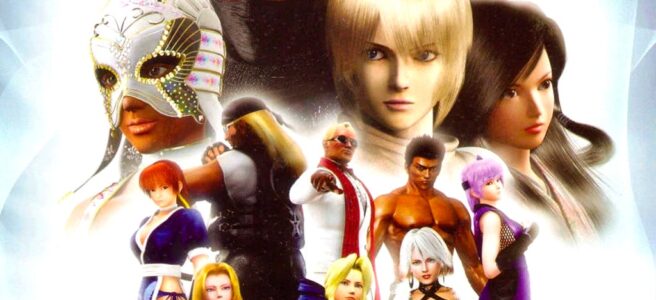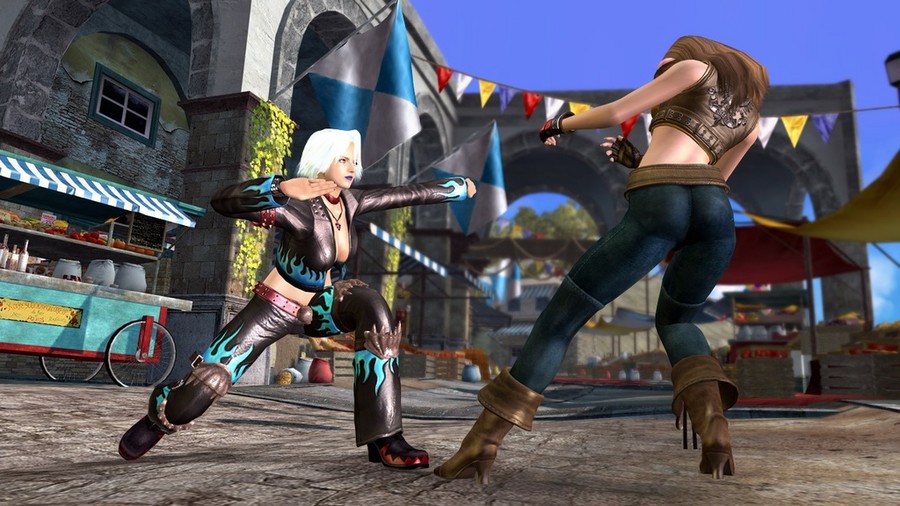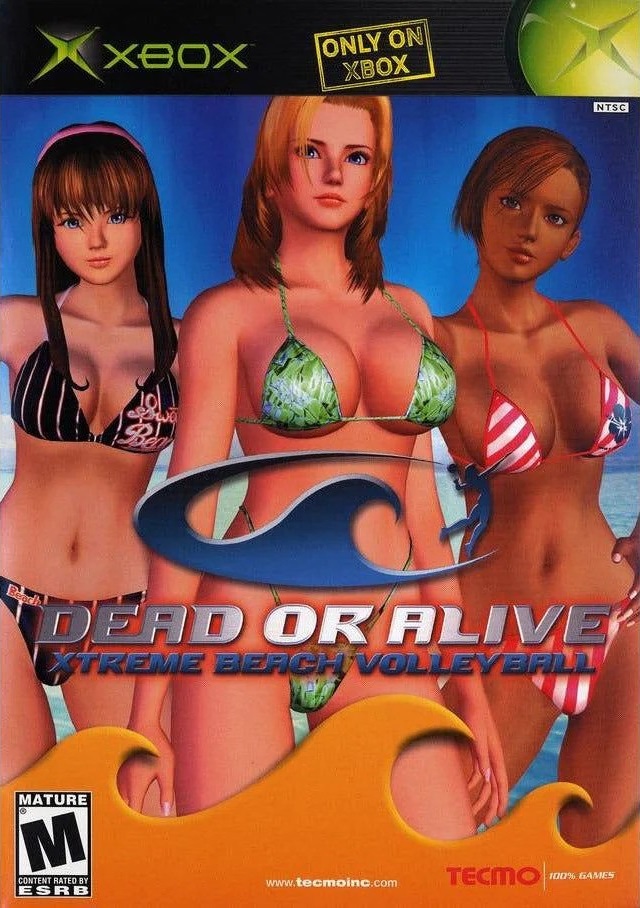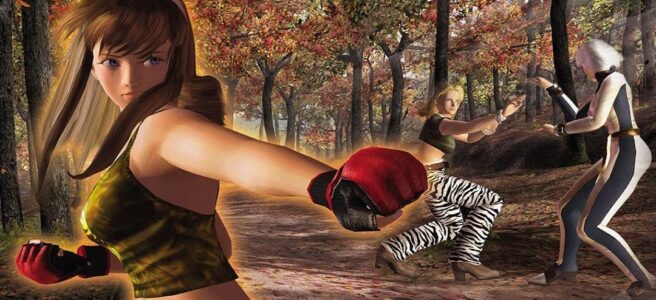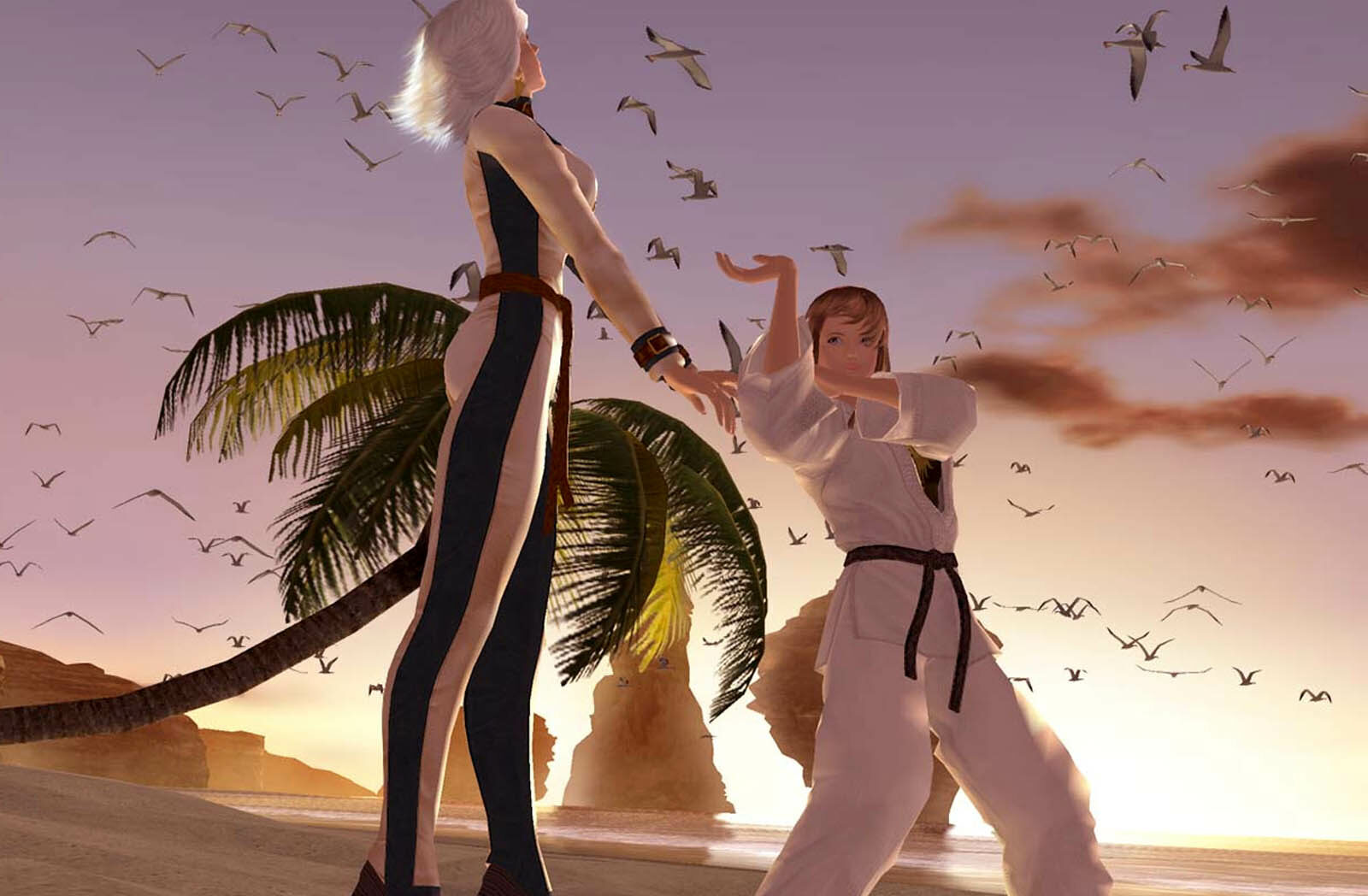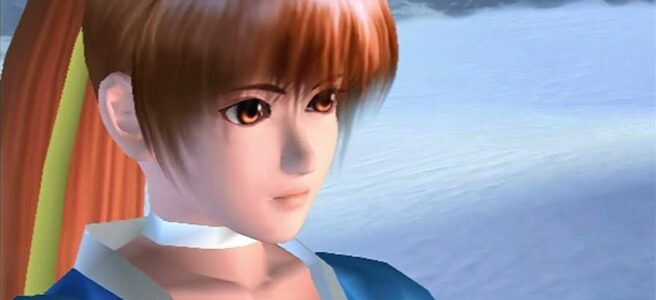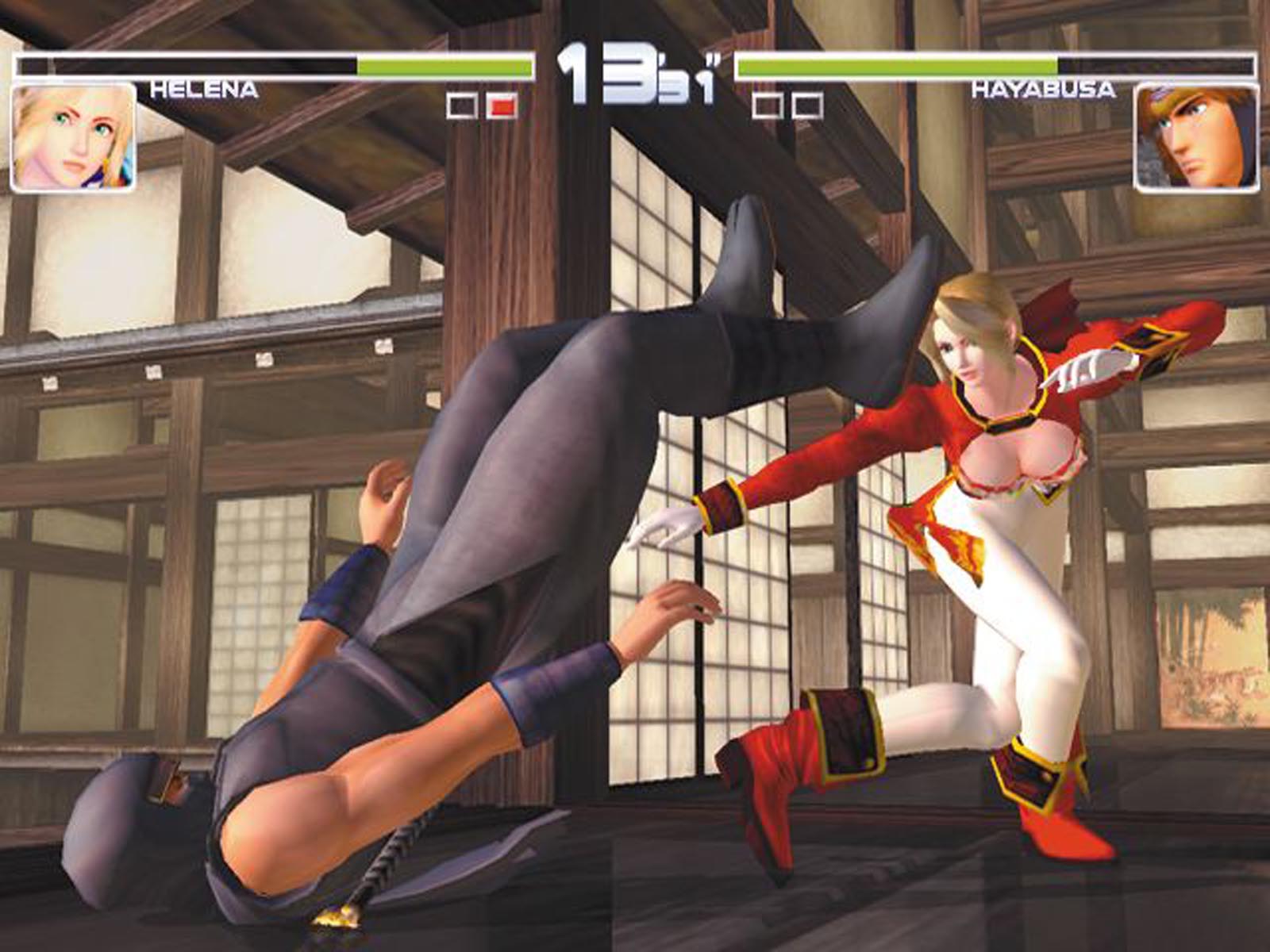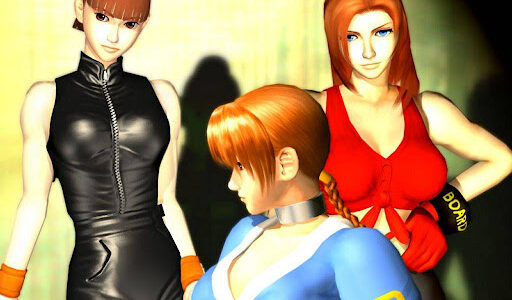Whoo, that was quite the journey I just went through. Dead or Alive is such a weird fixation for me. I got into it through its shared universe with Ninja Gaiden and really got into it after falling in love with the shockingly fun movie adaptation. After that, it started turning into a meme on this blog and now I’ve gone and played every game in the franchise and bought copies of most of them. Oh yeah, that happened over the course of writing this Love/Hate series: I had a couple Dead or Alive games already, but I had so much fun that I went and purchased a whole Xbox One and all the mainline Dead or Alive games just to make them mine forever.
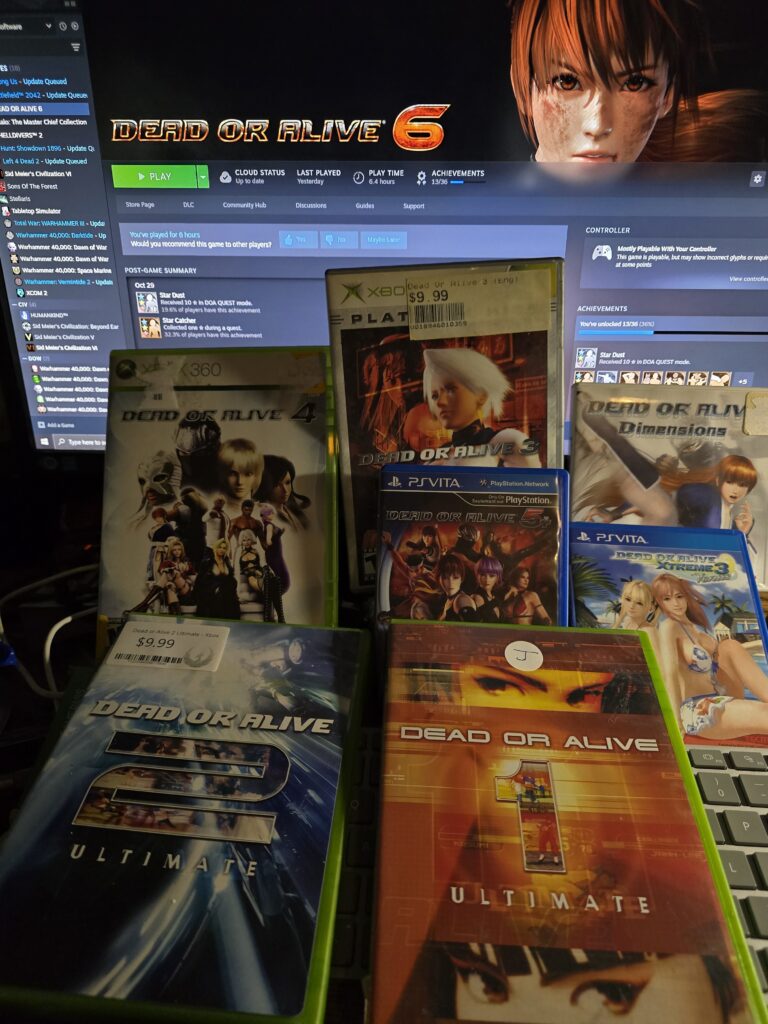
So yeah. I was fond of Dead or Alive when I started this journey. Now, I legitimately and proudly love this series. I still am not very good at fighting games, but I feel satisfied that I now understand how these games play. Hell, I’ll even say there’s a Dead or Alive in my all-time favourite games now. I’m so glad that I got to experience these games for myself, because it’s been an absolute blast. Of course, there’s only so much I can cover in a Love/Hate series, and I’ve got a lot of thoughts that fall outside of the purview of that format that I need to talk about.
Favourite DOA Ladies
I mean, this is a discussion about Dead or Alive, I obviously have to give my ranking of the ladies!
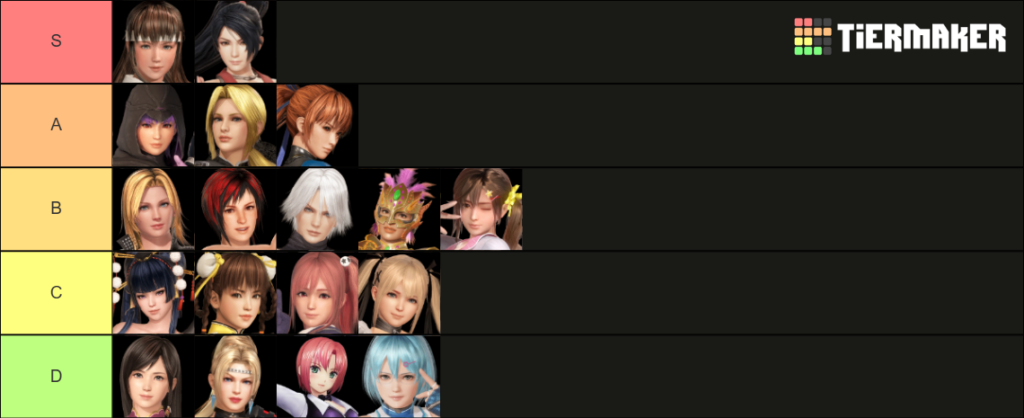
- S-tier: Hitomi, Momiji.
- Hitomi’s pretty obvious: she’s my main and I love her look and feisty, playful personality.
- Momiji is gorgeous and from Ninja Gaiden, so she’s got a pretty big leg up on the competition.
- A-tier: Ayane, Helena, Kasumi.
- I LOVE Ayane, so the fact that she’s in A-tier should show just how much I love the S-tiers. Ayane’s just the best-written character in Dead or Alive, full-stop. The way that her tragic backstory resonates through her actions, character, and sense of duty is clear, but not shoved in your face constantly. Seeing that sense of duty force her to put down her own adopted father was tragic. Seeing her take down DOATEC with Ryu and Hayate was badass. She’s just the coolest.
- Helena’s over-the-top French accent is cute, she’s easy on the eyes, and she has a pretty cool fighting style, but the most interesting part about her is her place in the story. Seeing how she plotted against Victor Donovan’s faction over the course of three games was cool to piece together. This is especially true for DOA4, where finding out Helena’s role in the story was the big reward for beating all the other campaigns.
- Kasumi is not a particularly well-developed character across the course of this series, but I really have to appreciate how well she has held up as the face of this franchise. Her unwavering resolve and skill are admirable after all the shit she’s been through.
- B-tier: Tina, Mila, Christie, Lisa, Misaki
- Tina’s the series’ most overt sex symbol, and I really appreciate that they just committed to it. She also seems like just the sweetest person in these games, telling her father that she’s glad that he still has dreams and ambitions, and encouraging Mila to pursue her own goals. Meanwhile, Tina’s just being the world’s best self-marketer, launching careers for herself in Hollywood, music, and modeling. And, again: communist.
- Mila is just so down to earth. She works in a diner, trains at a run-down gym, and dreams of being the best if she works hard enough.
- Christie is the series’ other overt sex symbol. She is a cold-hearted bitch who would kill you in a moment’s notice. Did I ever mention that I love bad women…?
- Lisa was a big surprise for me during this Love/Hate series. Before I started this, I found Lisa very dull. However, having played all the games, she’s actually really interesting. Her fighting style is really fun, her role in the story actually develops and gets intriguing, and she’s got some of the most over-the-top fanservice outfits in multiple games. It’s also just cool that one of the more important characters in this profoundly Japanese series is a black woman.
- Misaki’s just really cute. Not much else I can say.
- C-tier: Nyotengu, Leifang, Honoka, Marie Rose
- Nyotengu is pretty alluring (again, I like bad women), but not enough to make it into a higher tier.
- Leifang I’ve always found kind of bland and forgettable.
- Honoka is so egregiously over-the-top that I kind of have to begrudgingly hand it to Team Ninja.
- Marie Rose’s overall design is very cute, I just wish that they weren’t clearly trying to evoke Lolita fetishists with it.
- D-tier: Kokoro, Rachel, Rio, NiCO
- Before I started writing this Love/Hate series, I probably would have put Kokoro above Leifang in C-tier, as she was similarly bland to me. However, actually playing as her in these games has really made me dislike her. I just cannot get to grips with her fighting style, and got stuck on her campaign in Dead or Alive 4 for nearly forty minutes as a result. And then she’d show up in another fighter’s campaign and kick my ass over and over. Oh, and having basically no development or importance to these games’ narratives since her introduction makes her feel pointless. She’s just the blandest and most forgettable of the cast, only here because they wanted a geisha character, but forgot to make her do anything else.
- Rachel is just embarrassing. Why is this giant titty demon hunter woman fighting in bondage gear? It was dumb in Ninja Gaiden, and it’s still dumb here. Such an unsubtle attempt to be sexy that it loops back to being uninteresting.
- Rio’s so inessential and forgettable that I barely even consider her worth thinking about. It doesn’t help either that she doesn’t even look like she matches the art style of the other characters, which makes her feel entirely out of place.
- NiCO is an even-more egregious attempt to appeal to Lolita fetishists than Marie Rose. She looks like a literal child. Her overly-serious and sassy characterization make it seem like you’re getting lectured by a kid. Like, move over little girl, an adult’s coming through.
Favourite DOA Characters
Next we’ll look at all the Dead or Alive characters and rank them from most-to-least favourite. I think this one’s pretty self-explanatory:
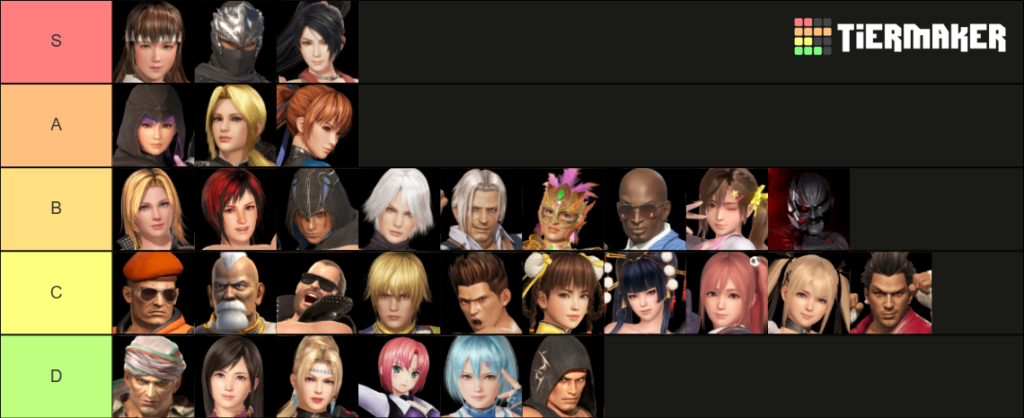
Dead or Alive Games Ranked
Over the course of this Love/Hate series, I’ve definitely enjoyed some experiences more than others. Here’s how I would rank the series from best to worst:
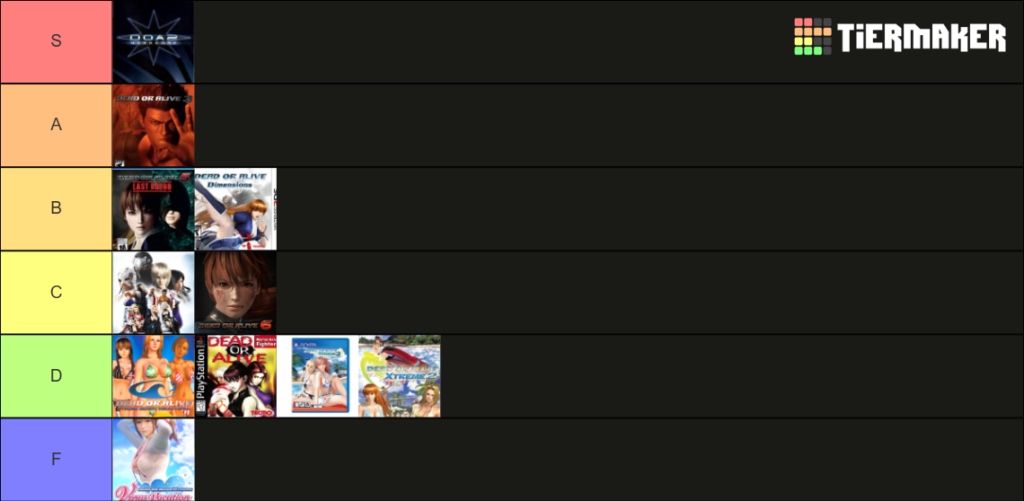
- S-tier: Dead or Alive 2
- Dead or Alive 2 was a blast even now. It would have been mind-blowing back in 1999. And the fact that Team Ninja immediately honed in on the triangle system: a way to make their fighting system unique and strategic. This has gone largely unchanged over the course of a quarter century, which is pretty wild to think. The Hardcore version in particular is jam-packed with content. This game has legitimately made a spot in my top twenty five video games of all-time list.
- A-tier: Dead or Alive 3
- I did really quite like Dead or Alive 3. Its stages are so well-designed, that it’s a crime that none of its successors have even come close to matching it. Oh, and Hitomi was introduced here.
- B-tier: Dead or Alive 5, Dead or Alive Dimensions
- I really like how Dead or Alive 5 modernized this series’ art style, gameplay, and presentation. I hate its DLC practices and how they infested the series from that point onwards.
- Dimensions was just fun and really remarkable for how well it played on a 3DS! Made it very easy to just laze around and get in a quick match.
- C-tier: Dead or Alive 4, Dead or Alive 6
- Dead or Alive 4 is just… underwhelming to me. The story is really interesting. The gameplay just doesn’t feel as good as the previous two games, and the difficulty is borderline unfair at times.
- Dead or Alive 6 is fine. It’s the newest and flashiest game in the franchise currently, so that gives it a bit of an edge. However, its even more egregious DLC practices, its awful story, and its changes to the core gameplay make it fairly disappointing.
- D-tier: Dead or Alive Xtreme Beach Volleyball, Dead or Alive, Dead or Alive Xtreme 3, Dead or Alive Xtreme 2
- Dead or Alive Xtreme Beach Volleyball doesn’t have a whole lot to do, but that’s kind of why it works better than its follow-ups. The whole thing feels a lot more relaxing – the game isn’t prodding you to accomplish some particular activity, or disincentivizing you from indulging in the more voyeuristic aspects of the game. You get to choose when you want to have a break in the core gameplay, and that’s pretty cool. Also, it really has to be said that this game’s sexy content is legitimately kind of wholesome. It feels a lot less leery or straight-up problematic like the later sequels would become.
- The original Dead or Alive is okay at best. It’s so archaic and indistinct that there isn’t a whole lot of appeal. Add in that the enemy AI cheats like mad, making winning an exercise in frustration, and this is definitely one of the hardest Dead or Alive games to go back to.
- Dead or Alive Xtreme 3 is here almost entirely for being available on handheld. This makes the game so much easier to stay relaxed and invested in. That said, the game is still pretty poor and content-bereft…
- Dead or Alive Xtreme 2 (and, by extension, Paradise) just gets the short end of the stick due to its grindy, tedious changes to the first Xtreme game’s formula. Could have potentially moved up for its more expansive activity roster (which has yet to be matched), but not being available on handhelds really makes this a tough sell.
- F-tier: Dead or Alive Xtreme Venus Vacation
- Fuck this “game”.
How Would I Direct Dead or Alive 7?
Now this is a fun question! First-off, I’m going to be somewhat realistic here: a mainline Dead or Alive game is not a priority to Tecmo-Koei. They are not going to give a Dead or Alive game a high-tier AAA budget. An expansive, Street Fighter 6 story campaign is probably not on the cards. Nor are its graphics likely to be top of the industry again. And there’s no way that they’re going to allow you to scrap DLCs entirely. So, with a relatively realistic set of limitations in mind, here’s what I’d like to see in a new Dead or Alive game:
How would it play?
I think I would be happiest if Dead or Alive 7 played a bit more like Dead or Alive 3, or maybe 5 too. Gameplay-wise, DOA3 was probably the most fun I had, largely because it played pretty much identically to 2 and had the best, most unique stages. That said, Dead or Alive 3 might feel a bit slow compared to a modern fighter, so Dead or Alive 5 might be a little more to their taste. I think that the recent games’ attempts at making the fighting system accessible have been a good move, and are worth looking into further.
In addition, since Street Fighter 6‘s massive success, there’s the question of entire control shake-ups. It would be pretty cool if Dead or Alive 7 took this same approach, allowing an option to control your fighter more like an action game than a fighting game. I’m not certain how well this would work though – the balance of DOA‘s signature 4-point holds could get knocked out of whack if you could more easily predict what standard combo string would be coming next.
What about the break gauge?
I struggle with this one. I’m a bit meh on the break gauge in Dead or Alive 6, but does that mean it should be scrapped entirely, or can it be improved instead? After some deliberation, I think I’d say that scrapping it is for the best. It does add a bit more strategy in a match, but it can just take over the game, as it invalidates the triangle system entirely when used. More realistically, it just functions as a way to both introduce and balance the break holds system. I appreciate the attempt to innovate, but I just do not think it worked this time.
How much fanservice are we talkin’ here?
Having played through almost every game in this franchise, I think I can say with confidence that Team Ninja might have been onto something with Dead or Alive 6 when they decided to start toning down the sexy costumes.
Don’t crucify me yet!
I don’t want to see a Dead or Alive game remove all the suggestive content: it’s part of the series’ DNA at this point. However, looking back, mainline Dead or Alive games overtly embracing sexual content in-game wasn’t even a thing until after the Xtreme games came out. Since then, it’s generally been used as a way to sell cosmetics. I think that Dead or Alive 3 struck a good balance, but I wouldn’t be opposed to pushing even further than that either. That said, let Xtreme be where you push the envelope. You could legitimately make mainline Dead or Alive more appealing to non-fans and convince more people to check things out – you just have to be careful not to alienate the core fans in the process by playing it up in the marketing.
DLC plans?
While I obviously would like this game to just have everything being unlockable in-game, I’m gonna have to include some sort of DLC. Obviously, we scrap the scummy shit from DOA6 and VV. If we have to have DLC, then the costume DLC from DOA5 was at least fair: see costume you like, buy costume you like. Its only problem was the ridiculous price they demanded. After Core Fighters released, this also made the DLC stores an unnavigable nightmare.
Simply put, I would lower the price of the cosmetics drastically. Maybe even give a way to buy DLC costumes in game – at least that way you’re getting people invested and I find it actually kind of encourages spending some money for a costume you like. As far as DLC goes, I’d probably add a few characters, preferably guest characters rather than original characters. It always feels bad when you get a new character in DLC, then know very little about their personality or story until the next game comes along and shatters your interpretations. Guest characters would at least prevent this from happening. I’m also fine with the sort of costume bundles they released, so if people kept buying them, I’d keep offering them. That’s about the extent of the monetization for me.
If they forced me to do Core Fighters as well, then I’d be a hell of a lot less stingy. Bundle characters, stages, etc together a bit more and, obviously, more reasonably-priced.
What’s the story?
Dead or Alive 6 ended with a pretty heavy implication that Helena’s mother, Maria, had been resurrected. Because of this, I only have two reasonable choices: ignore it entirely, or make the next game’s narrative revolve around this plot point. I think it’s a really fitting development for the series. One of the big, unresolved plot points in the overarching Dead or Alive narrative is that Kokoro’s mother, Miyako, has some sort of relationship with MIST. However, we do not know the nature of this relationship, so there has been a lot of suspicion directed her way by Helena. Miyako is head of DOATEC Japan, so being associated with the villains of the series could have some pretty major implications.
So, all that said, what does Miyako have to do with Maria? Well, this is relevant to me, because it gives us an the emotional core you build the entire narrative around. We’ve got a story of two mothers and two daughters, who you can compare and contrast for stronger thematic and emotional resonance. You could probably work in other parent-child relationships into this narrative to make this even stronger (Hitomi and her father, Eliot and Gen Fu, Ayane and Honoka grappling with the knowledge of who their father was, etc), but I want Helena and Kokoro to be the main focus.
In regards to this A-plot, I would indeed have Maria be the unseen observer at the end of Dead or Alive 6. However, I want this to be a tragedy: Maria’s resurrection is everything that Helena has wished for, so it needs to be bittersweet when she gets it. Maria’s back, but she’s quickly losing herself. NiCO experimented significantly on Raidou, so it seems reasonable that she would do the same to Maria. I would imagine her having a procedure to make her like Alpha-152 (Kasumi’s super-powered clone from Dead or Alive 4). Over the course of the game, she is losing control, on the verge of losing herself forever and becoming an unknowable, angry energy entity. Shortly after the end of Dead or Alive 6, she is discovered by Miyako, who reaches out to Maria and tells her that she has the means to cure her affliction. Maria doesn’t particularly trust Miyako, but is desperate enough to accept her help…
I’m not going to get into all the plot details, but we’re going to make this take place about six months after Dead or Alive 6. Like Dead or Alive 5, the first half of the narrative will revolve around the tournament. I considered weaving the tournament and conspiracy plots together more directly, but I ultimately decided against it. I actually kind of like that the tournament gets to be its own thing in these narratives. It lets the tournament be one narrative arc with its own heroes and champions, while the conspiracy plot can have its own separate important characters. This ultimately means that you can have more central characters doing things without having to spread them all thin across a narrative trying to find something for them to do. I like how they handled this in DOA5 and 6, where you get a fair amount of build-up from the characters to show their motivations going into the tournament. In particular, I have some ideas to develop certain characters:
- Tina’s thing in these games is that she always has a new venture she wants to launch using her appearance in the tournament to drum up interest. In Dead or Alive 6, it was a dream to become governor, until she found out that she’s too young to run. However… I want her to pursue this. Tina doesn’t seem like the sort to just give up. I want her to knuckle-down and say “No, I actually want this dream to come true” and start putting in the groundwork to win an election in five years. Her goal in the tournament will be to make people aware of the initiatives she’s taking to help people in her state.
- Leon’s been absent from the narrative since DOA3, but I’d like to have him come back. Considering that his entire backstory and motivation revolve around his dead partner’s belief that Leon was the world’s strongest man, it kind of feels shitty if he’s not even participating anymore. I’d like him to be back, but it’s straight-up acknowledged that he has been training like a madman for the last couple years and is now a dark-horse favourite to win the whole thing.
The tournament itself is played out by the bracket so that we can get a clear picture of who participated and won or lost each fight. Participants and brackets in this tournament are:
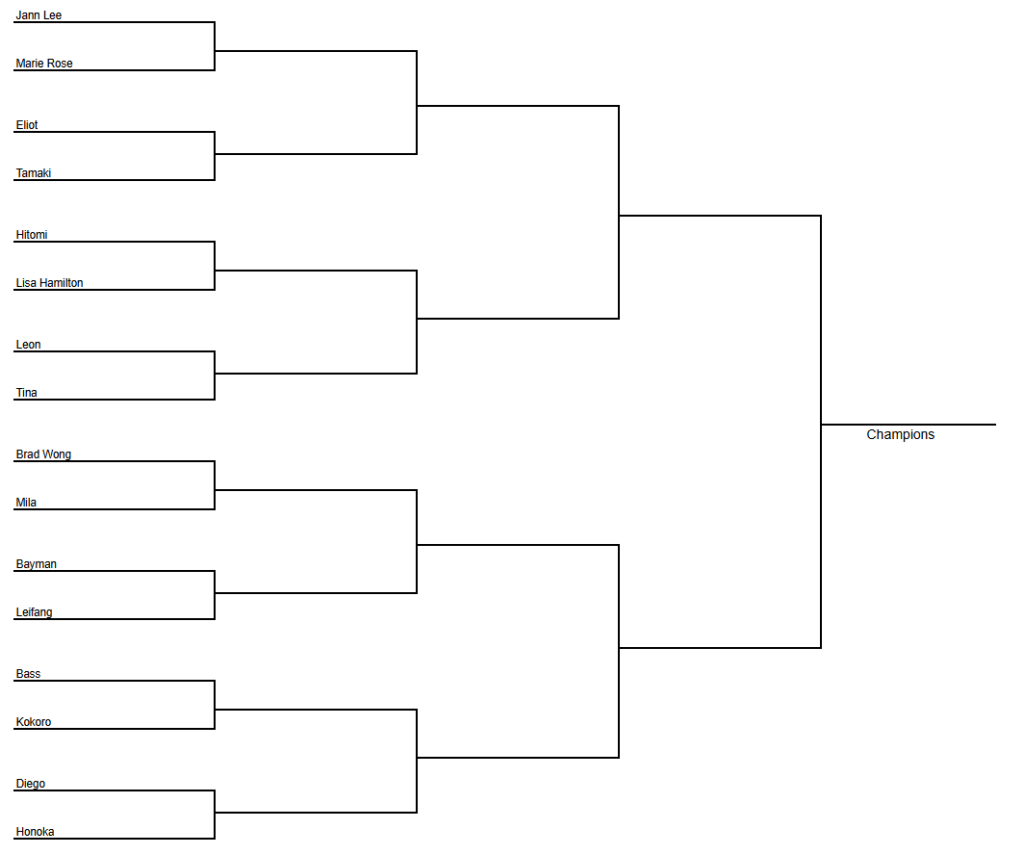
And here’s how the tournament will play out:
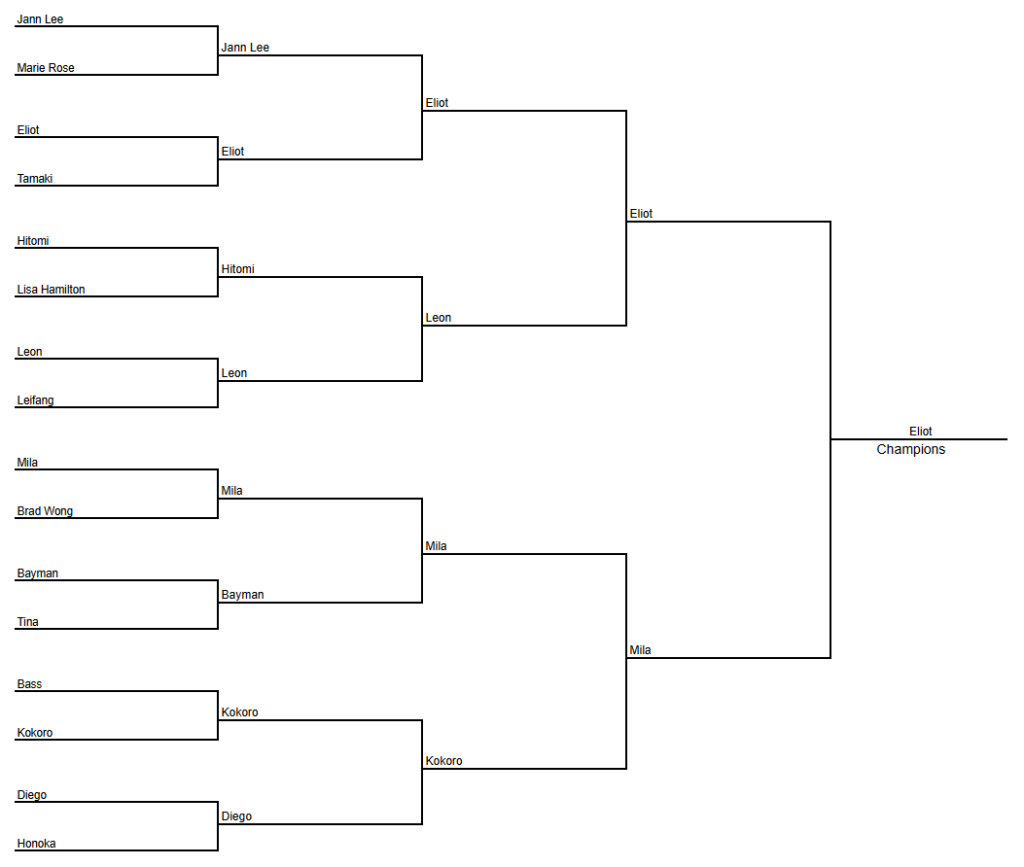
Yup, an Eliot win! The kid’s been training for years and his entire storyline so far has been him uncertain if he’s good enough to complete. Let’s change that! Jann Lee’s on a two-tournament winning streak, and Diego’s the one guy who gave him a challenge last time. They’re clearly the two favourites, so I want them to both lose unexpectedly in the early rounds. This will open up the field for a character like Eliot to make it to the finals. By a similar token, Mila reaches the climax of her current arc by making it to the finals of the tournament against Eliot. Two games earlier, she was giddy and excited to be getting brought into the Dead or Alive community. Now, she’s the second-best amongst them all. Leon also does quite respectably for his big return.
Kokoro’s exit in the 3rd round would mark the continuation of the conspiracy plot, where her and Helena get mixed up with Miyako and Maria. Helena would be overwhelmed by this revelation, but quickly find that her mother’s mind is rapidly leaving her as MIST’s experiments take hold. The ninjas would also become involved at this point to try to thwart MIST’s newest activities. Basically, the story would have Helena have to defeat Maria and put her to rest, while Kokoro discovers that her mother is not a good person, but ultimately saves her life.
Who are the new characters?
So… I know I previously said “Hot DOA MILF, when?”, and Miyako and Maria are seemingly perfect for that… but I don’t really want to make them new staples on the roster. Miyako doesn’t strike me as a fighter if she hasn’t been involved in the past six tournaments already. Plus she doesn’t really approve of Kokoro’s involvement, so it just doesn’t fit the character for me. Maria also doesn’t really make sense as a fighter, but she’ll be the final boss when she turns into a being of pure energy like Alpha-152… so not really “hot DOA MILF” at that point, but she’d be unlockable. Dead or Alive games will typically include two new characters, one male and one female… I don’t really want this article to turn into “look at my OCs!” though, so we’re not going to get too far into the weeds.
Aaaand that about does it for my thoughts on Dead or Alive (for now). That said… I’m approaching 400 blog posts on IC2S… god fucking dammit, I’m going to be buying Venus Vacation Prism for a big, 400th blog post spectacular review, aren’t I…? It just went up for pre-order at the time of writing… God dammit. I legitimately have no interest in the game and hadn’t planned on playing it… but I feel like I have to for the memes once more?
If you liked this article…
I hate ads. You hate ads. In order to stop polluting my site with obtrusive and annoying ads, I’ve elected to turn them off on IC2S. That said, writing still takes time and effort. If you enjoyed what you read here today and want to give a token of appreciation, I’ve set up a tip jar. Feel free to donate if you feel compelled to and I hope you enjoyed the article! 🙂
